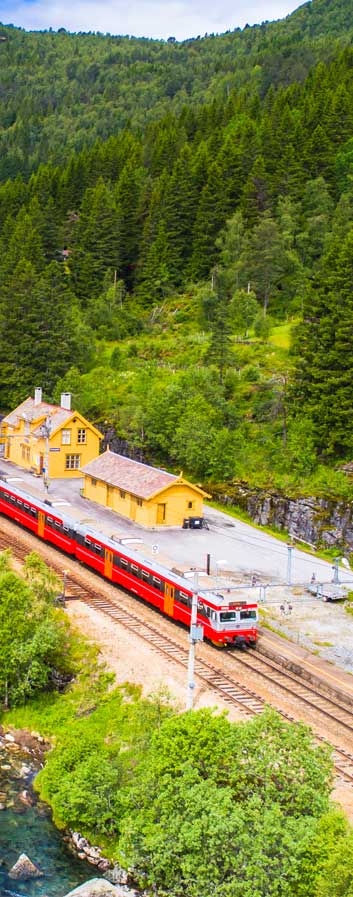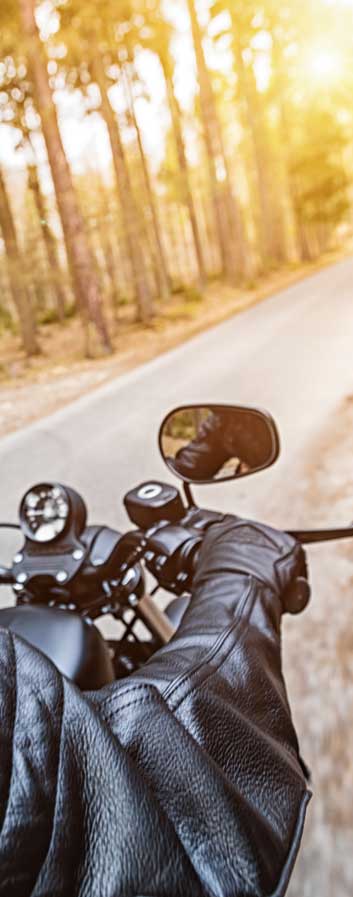Jebel Akhdar
Northeast of Nizwa rises the great limestone massif of the Jebel Akhdar, centred on the Saiq Plateau (pronounced “Sirq”, and often spelt Sirq or Seeq). This is one of Oman’s more unusual natural curiosities: an extensive upland plateau, lying at an altitude of around 2000m and ringed by craggy summits to the north and the vertiginous gorge of Wadi al Ayn to the south. The plateau has been extensively farmed for at least a thousand years thanks to its temperate Mediterranean climate, which allows for the cultivation of many types of fruit which cannot survive the heat of the lowlands: peaches, pears, grapes, apples and pomegranates all flourish here, along with a wide range of vegetables and the area’s famed roses. The plateau is particularly beguiling during the hot summer months, and deliciously cool after the heat of the plains below.
The plateau was formerly one of the highest and most inaccessible inhabited regions in Oman, although it’s been largely tamed by a carpet-smooth modern tarmac road which allows access to the plateau from Birkat al Mawz in around forty minutes (compared to the gruelling six-hour hike which was formerly required) – though you’ll still need a 4WD to get up it, thanks to the local police regulations described below. The top of the plateau is surprisingly developed in places. The sprawling modern town of Saih Katenah is the main local eyesore, while the presence of a large military camp and firing range at the top doesn’t help, accompanied by endless barbed-wire fences and assorted military hardware. Away from these areas, however, the plateau remains one of the most beautiful places in the Western Hajar, dropping into the huge natural chasm of Wadi al Ayn and ringed by the idyllic traditional villages of Al Aqr and Al Ayn.


































